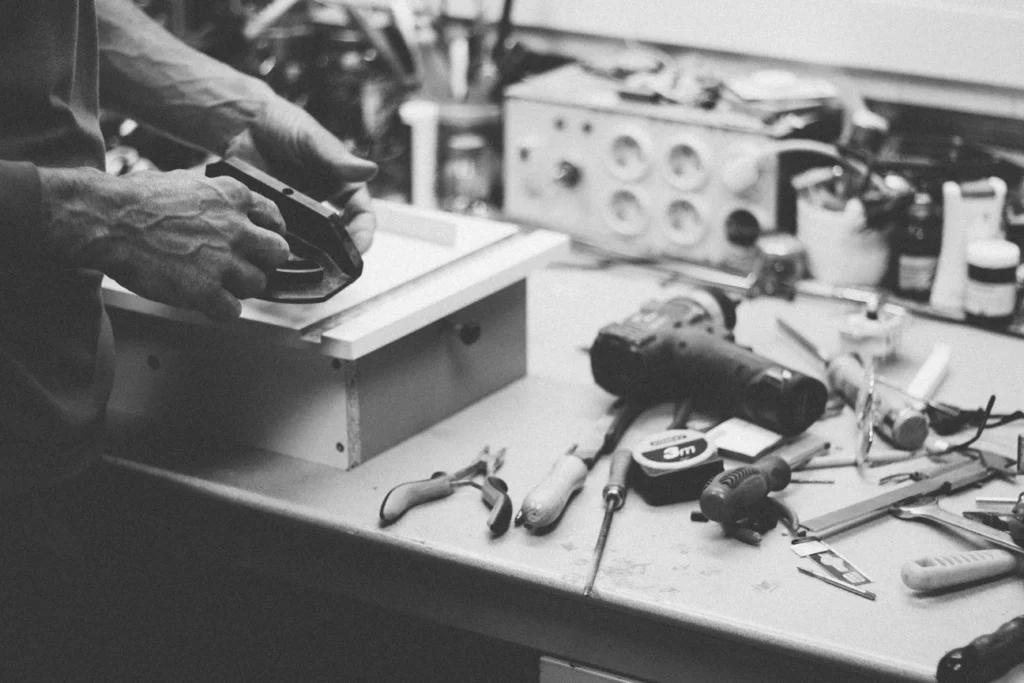Case Study: Harnessing the Power of Different Sand Papers in Restoration Projects
Restoration projects often require meticulous attention to detail and the use of the right tools. One such tool that plays a crucial role in achieving a smooth and polished finish is sandpaper. Sandpaper, also known as abrasive paper, is a versatile tool that can be used for various materials such as wood, metal, glass, and even drywall. In this case study, we will explore the different types of sandpapers available in the market and how they can be effectively utilized in restoration projects.
The Importance of Choosing the Right Sandpaper
When it comes to restoration projects, the choice of sandpaper can make a significant difference in the final outcome. Different materials require different levels of abrasiveness, and using the wrong sandpaper can result in uneven surfaces, scratches, or even damage to the material itself. Therefore, it is crucial to understand the various types of sandpapers available and their specific applications.
Types of Sandpapers
1. Silicon Carbide Sandpaper: This type of sandpaper is ideal for sanding hard materials such as metal or glass. It is known for its durability and ability to maintain its sharpness even when used on tough surfaces. Silicon carbide sandpaper is available in various grit sizes, ranging from coarse to fine, making it suitable for different stages of the restoration process.
2. Aluminum Oxide Sandpaper: Aluminum oxide sandpaper is commonly used for sanding wood surfaces. It is known for its versatility and ability to remove material quickly. This type of sandpaper is available in different grit sizes, allowing for both rough sanding and fine finishing.
3. Garnet Sandpaper: Garnet sandpaper is another popular choice for wood sanding. It is known for its excellent cutting ability and is often used for removing old finishes or smoothing rough surfaces. Garnet sandpaper is available in various grit sizes, making it suitable for both coarse and fine sanding.
4. Wet Dry Sandpaper: Wet dry sandpaper is designed to be used with water or other lubricants, making it ideal for wet sanding applications. It is commonly used for automotive projects, such as sanding primer or removing paint. Wet dry sandpaper is available in different grit sizes and can be used on various materials.
Case Study: Restoring a Wooden Table
To illustrate the importance of choosing the right sandpaper, let’s consider a case study of restoring a wooden table. The table has a worn-out finish and scratches that need to be repaired. The restoration process involves sanding the table to remove the old finish, smoothing the surface, and applying a new finish.
Step 1: Removing the Old Finish
The first step in the restoration process is to remove the old finish from the table. For this task, a coarse grit sandpaper such as 80 or 100 would be suitable. The coarse grit will help remove the old finish effectively without damaging the wood surface. It is important to sand in the direction of the wood grain to avoid creating scratches.
Step 2: Smoothing the Surface
Once the old finish is removed, the next step is to smooth the surface of the table. For this task, a medium grit sandpaper such as 120 or 150 would be appropriate. The medium grit will help remove any remaining imperfections and create a smooth surface for the new finish to adhere to.
Step 3: Fine Finishing
After smoothing the surface, it is time for fine finishing. A fine grit sandpaper such as 220 or 240 would be ideal for this task. The fine grit will help achieve a polished and smooth surface, ready for the application of the new finish. It is important to sand lightly and evenly to avoid creating uneven spots.
Step 4: Applying the New Finish
Once the sanding process is complete, it is time to apply the new finish to the table. The choice of finish will depend on personal preference and the desired outcome. Whether it is a stain, varnish, or paint, the smooth surface achieved through the sanding process will ensure a professional-looking finish.
Conclusion
Choosing the right sandpaper is crucial in achieving a successful restoration project. Understanding the different types of sandpapers available and their specific applications can help ensure a smooth and polished finish. Whether it is silicon carbide sandpaper for metal or glass, aluminum oxide sandpaper for wood, or wet dry sandpaper for automotive projects, each type has its own unique properties that make it suitable for specific tasks. By harnessing the power of different sandpapers, restoration projects can be completed with precision and excellence.



















